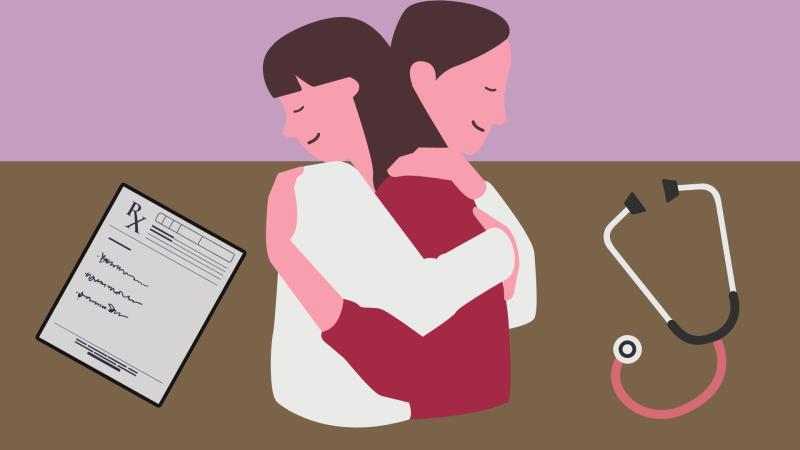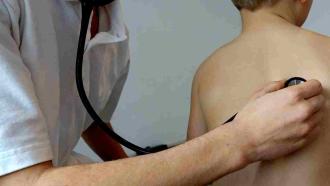
For a long time, self-help groups comprising of 10-20 individuals from the same village, mostly women, have been established in many parts of India to address financial needs, livelihood and productivity. In recent years, efforts like Maharashtra’s Mahila Aarogya Samiti, and Kerala’s Kudumbashree initiative have tried to engage such informal groups to increase access to health services and awareness about maternal health schemes like the Janani Suraksha Yojana. Although studies have shown that such engagements have resulted in positive results, the economics of such efforts have received little focus.
In a recent study, researchers at the Karnataka Health Promotion Trust, Bengaluru, have assessed the cost effectiveness of one such program, called Parivartan, implemented in Bihar. They calculated the cost per neonatal death averted and life year saved resulting from phase 1 of the program. Their findings were published in the journal PLOS One and the study was funded by the Bill and Melinda Gates Foundation.
Parivartan, carried out in eight districts of the state, engages women’s self-help groups to increase adoption of maternal and newborn health behaviours. These include prenatal/pre-childbirth care, preparing for birth, postnatal/postpartum newborn care, breastfeeding, immunisation, sanitation and family planning. Close to three lakh women of reproductive age were involved in it from over 17,000 self-help groups.
The researchers collected information about financial records, proposals, special studies and annual reports related to the scheme between 2013 and 2016, and also through interviews, observations of program staff during visits, telephone calls, e-mails and questionnaires. The time spent by the staff at various levels, as healthcare workers, government and non-government implementation partners, in this setup, were also estimated.
The study used the ingredients costs approach, where key ingredients and costs for a program are identified and the cost per unit effectiveness is calculated, to calculate the total cost. For example, if a program cost 30 million USD and 1 million children improved their reading skills, the cost effective ratio of the same is USD 30/child. For Parivartan, the total cost, calculated in USD, included financial costs for furniture and vehicles and economic costs like donated goods and volunteers. The researchers also compared the changes in behaviour of the women under the program with those where such behavioural interventions were not introduced.
The researchers pegged the cost of forming such self-help groups in Bihar at USD 254 and it took USD 19 for maternal health interventions to reach a woman within the group. Through Parivartan, the behavioural interventions reached an estimated 20,544 pregnant women, and 23 neonatal deaths were prevented. This translates to a cost of USD 3,825 per life year saved—a value within three times India’s per capita GDP of USD 1,581. The researchers included a very conservative estimation of benefits and did not account for all the benefits to the mother and the child.
“This mode of intervention has many social and health benefits and it is worth exploring with a bigger program across a wider audience”, say the researchers.
The study shows that self-help groups can grow beyond the purpose of providing financial and livelihood needs, and can be effective in spreading awareness and interventions on important health issues.
“Initial results from the Parivartan program in Bihar suggest that SHGs are a useful platform to integrate maternal and child health interventions and also to broaden their utility beyond microfinance, particularly when they operate at a larger scale”, conclude the researchers.
This article has been run past the researchers, whose work is covered, to ensure accuracy.






